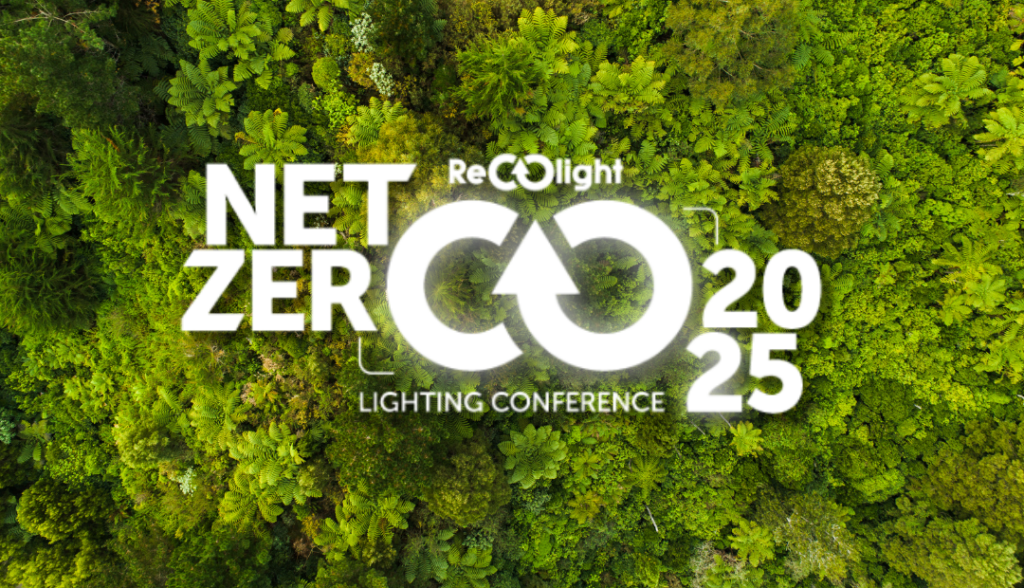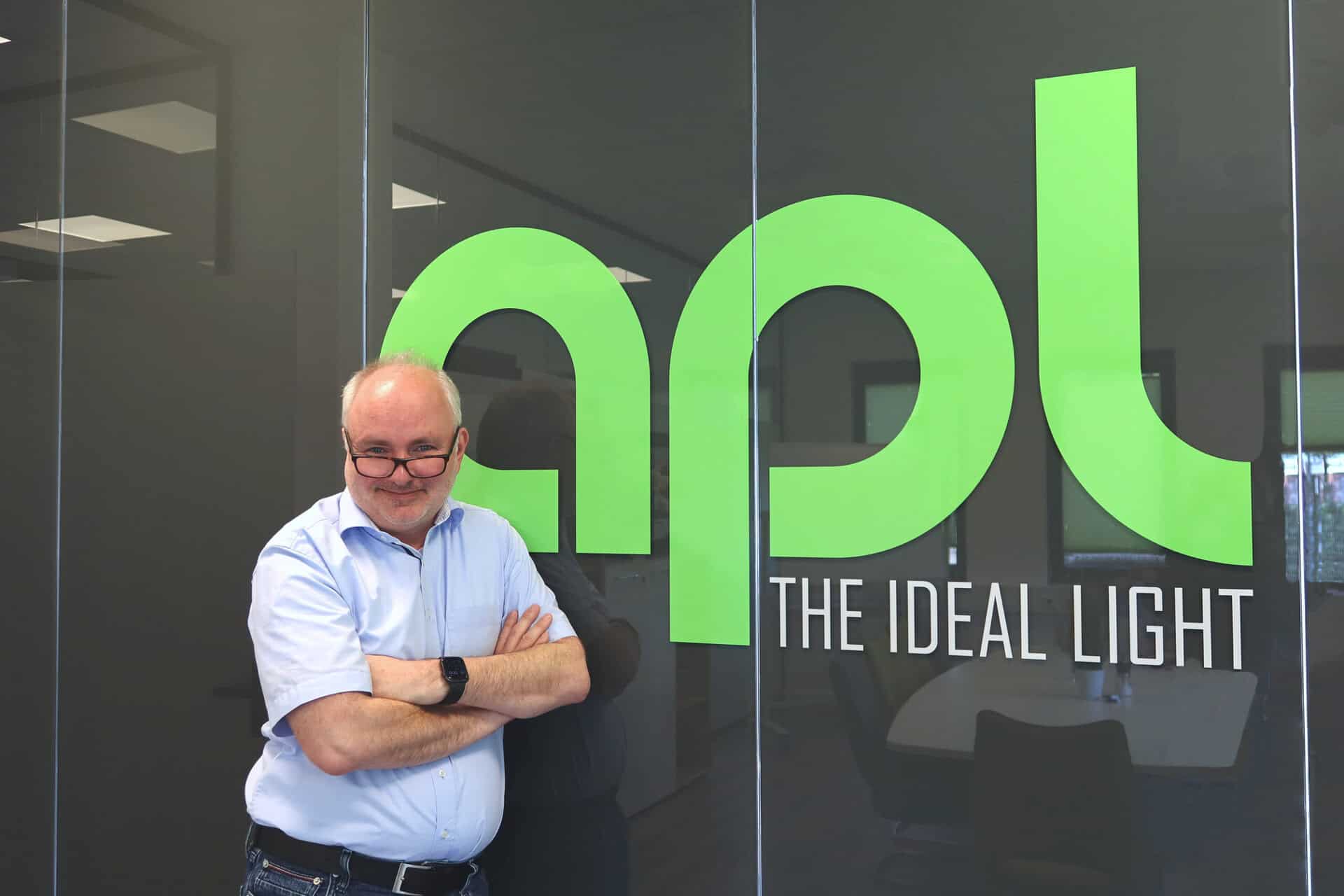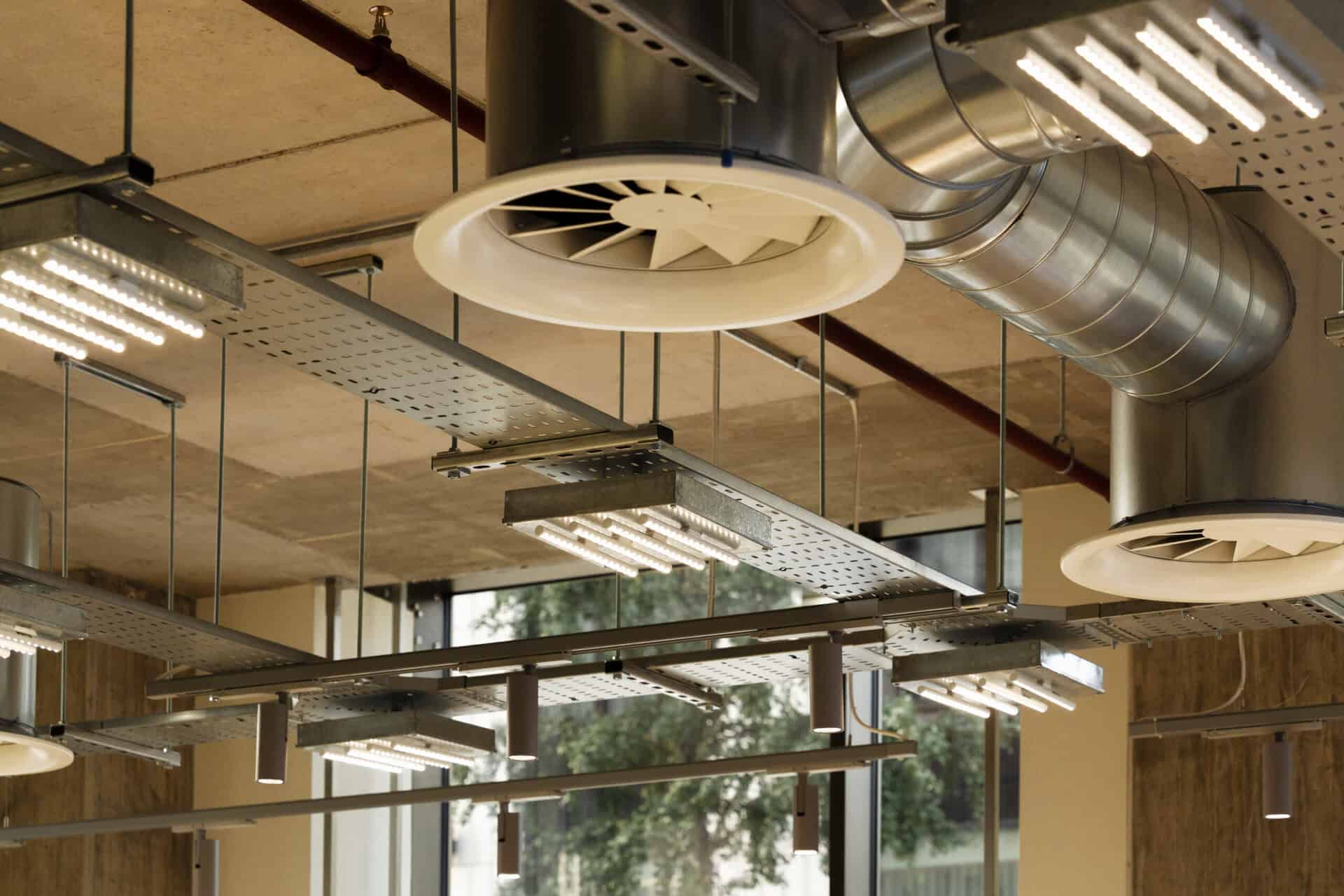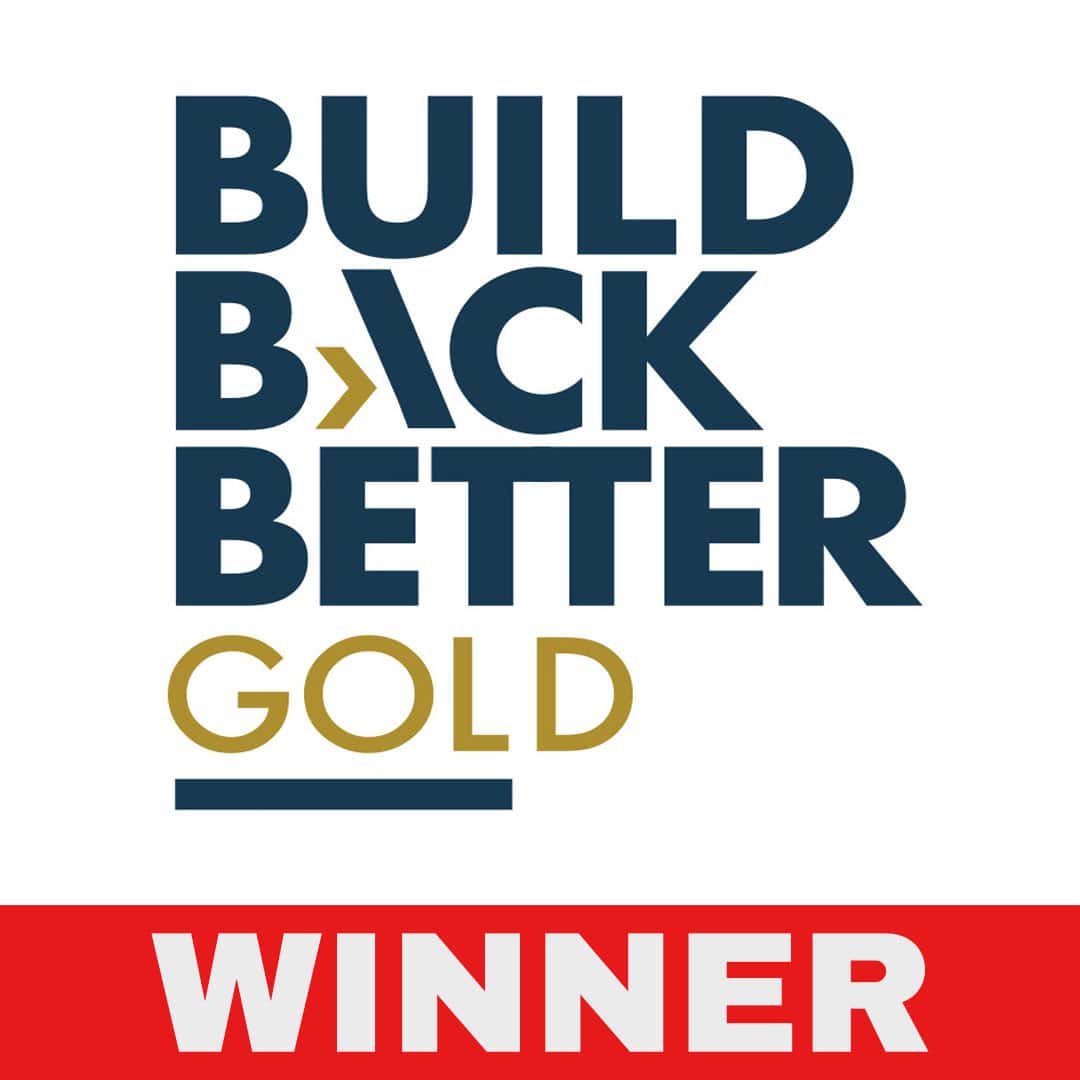Starting Your Net Zero Journey: Insights from the RecoLight Net Zero Lighting Conference 2025
By Issie Gilbert

After attending the RecoLight Net Zero Lighting Conference 2025, I walked away with a renewed mindset around Net Zero and sustainability. This year’s conference focused on action—equipping businesses with the knowledge and tools to make meaningful changes.
The talks were inspiring and practical, covering everything from real company journeys to useful resources and strategic next steps. But knowing about Net Zero, standards, and certifications is just the start. Figuring out where to begin and how to get involved can be a challenge. Drawing from both the conference and my own research, I’ve pulled together key insights to help you take your first steps.
Standards and Steps Going Forward
Carbon Management Process
Before making improvements, you need to understand your current carbon footprint. Establishing a baseline for your company’s emissions allows you to identify the biggest impact areas and create a targeted plan for change.
The British Standards Institution (BSI) offers a wide range of standards. The following are particularly useful for companies pursuing Net Zero:
- ISO 50001 – Energy Management
- ISO 14064-1 – Carbon Footprint at the organisational level
- ISO 14064-2 – Carbon Footprint at the project level
- ISO 14067 – Carbon Footprint at the product level
BSI provides a portal to help businesses identify the best standards for their specific needs.
Greenhouse Gas Protocol: Scope 1, 2, and 3
The Greenhouse Gas (GHG) Protocol is a globally recognized framework used to measure and manage greenhouse gas emissions. Developed by the World Resources Institute (WRI) and the World Business Council for Sustainable Development (WBCSD), it divides emissions into three categories:
- Scope 1 – Direct emissions from owned or controlled sources
- Scope 2 – Indirect emissions from the generation of purchased energy
- Scope 3 – All other indirect emissions, such as those from the supply chain
The GHG Protocol also provides tools, training programs, and resources tailored to different sectors.
Company Certifications
While there are many certification options out there to help businesses showcase their commitment to sustainability, only two were specifically discussed during the conference: B Corp and EcoVadis. These certifications offer practical ways for companies to measure and improve their social and environmental impact. Each takes a different approach, so understanding how they work can help you decide which is the best fit for your business.
B Corp certification recognizes companies that meet high standards of social and environmental performance, accountability, and transparency. It evaluates five impact areas: Governance, Workers, Community, Environment, and Customers. Recertification is required every three years.
EcoVadis is a sustainability ratings platform that assesses how well a company integrates sustainability into its business operations. It focuses on four areas: Environment, Labour and Human Rights, Ethics, and Sustainable Procurement. The platform is especially valued by multinational organizations and supply chain partners. Ratings are updated annually.
B Corp vs. EcoVadis: A Comparison
| Feature | B Corp | EcoVadis |
| Purpose | Certify ethical, mission-driven companies | Rate sustainability in supply chains |
| Scope | Holistic company impact | Operational management systems |
| Key Users | Consumer brands, SMEs, ethical companies | Multinationals, procurement teams |
| Certification Type | Public-facing, mission certification | Private score, for business partners |
| Reassessment | Every 3 years | Annually |
| Legal Requirement | Yes (stakeholder governance) | No |
Both certifications support businesses in strengthening sustainability, but they differ in purpose, audience, and reassessment needs. Choosing the right one depends on your company’s goals, operations, and stakeholder expectations.
Conclusion
The path to Net Zero can feel overwhelming, but taking the first step is often the hardest part. With clear standards, robust frameworks, and credible certifications, your company can move from ambition to action. Whether you’re setting your carbon baseline, adopting ISO standards, or exploring certifications like B Corp and EcoVadis, every step counts. Start where you are, use the tools available, and build momentum toward a sustainable future.






